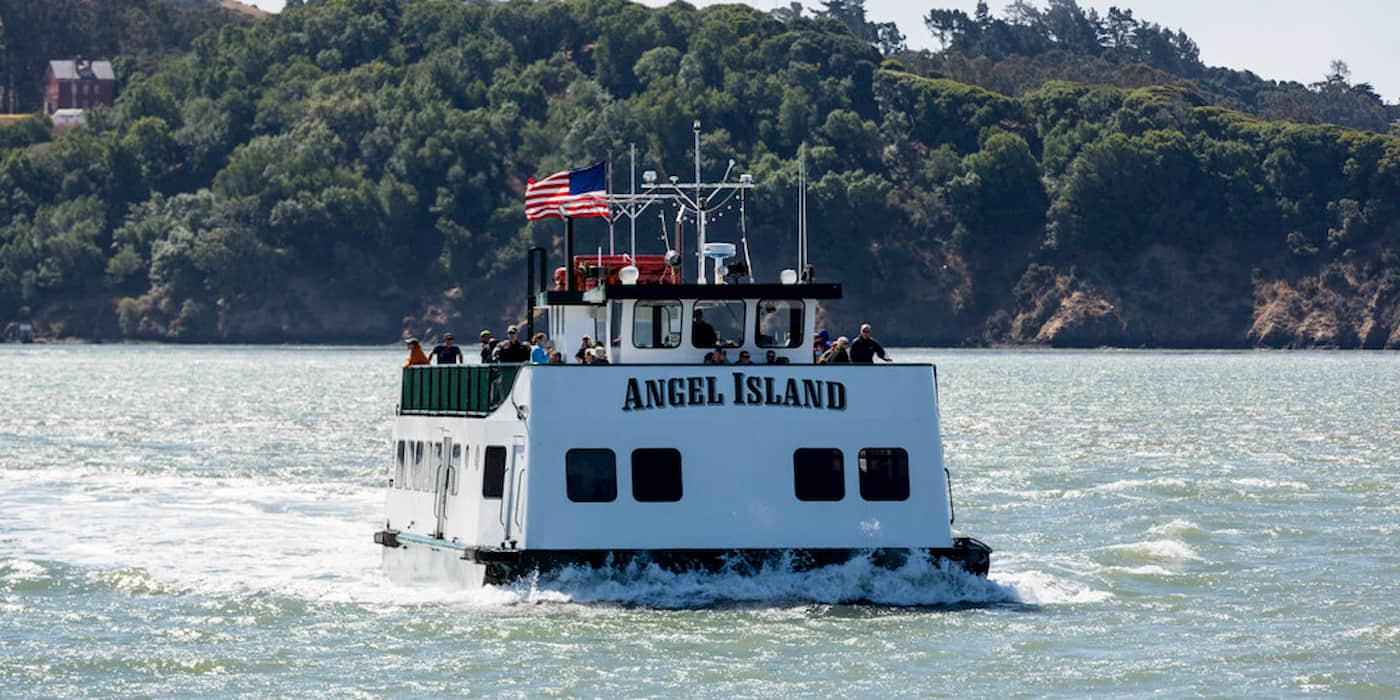
California’s first short-run electric ferry is expected to break waves in 2024 as part of a collaboration between Pacific Gas and Electric Company (PG&E) and The Angel Island-Tiburon Ferry Company.
The Angel Island Ferry Service was established in 1959 with an already rich history in San Francisco. The company was launched by Milton McDonogh, son of “Sammy the Skiffman,” who would famously take vacationers to Angel Island on fishing excursions for $0.25.
Milton carried on the tradition, starting the service by converting an old Navy launch vessel with 50 person capacity. After business picked up, the official “Angel Island Ferry” was launched in 1975, designed specifically for the operation.
As time passed, San Francisco and the area became more popular among tourists, leading to a rise in demand for the ferry service.
The Angel Island Ferry is the company’s largest vessel, at 59 feet and with a 400-passenger capacity. It features two levels, two bathrooms, a galley with sinks and a coffee maker, table seating on the lower levels, and bench seating throughout.
With the growing demand for sustainable transportation, Pacific Gas and Electric (PG&E) is partnering with The Angel Island-Tiburon Ferry Company to convert the ferry to zero-emission electric.

California preps for its first short-run electric ferry in 2024
The electric ferry expects to be the first zero-emission short-trip electric ferry in the Golden State.
Captain Maggie McDonogh, fourth-generation owner and operator of The Angel Island ferry, is excited about going electric, saying:
We are very excited that The Angel Island will be the first of the short-run ferries in California to be 100% zero-emission, as our company continues supporting the natural environment of the Bay and our beautiful state park.
Green Yachts, a California-based electric boating company, will handle the conversion of the Angel Island ferry to electric propulsion.
Through PG&E’s EV Fleet Program, the partners also plan to boost electric transmission and EV charging infrastructure to support the transition, as the ferry will require significant power.
Graham Balch, a managing broker of Geen Yachts, explains, “An electric semi-truck requires 2 kWh to go one mile, and The Angel Island ferry requires 30 kWh to go one mile,” which could be a challenge, but they are confident they can get it done with sufficient fast charging.
Electrek’s Take
Although electrifying the marine sector has presented challenges, other companies, like Hydrofoil, have developed ways to do it with extremely low energy use (0.1 kWh).
The biggest challenge is moving that amount of people, but with the advancement in battery electric technology, there should be no issue getting it done. Once complete, the electric ferry will help protect the waters and community it serves with 100% zero emissions, setting an example for the rest of the nation’s marine transportation.
FTC: We use income earning auto affiliate links. More.



Comments